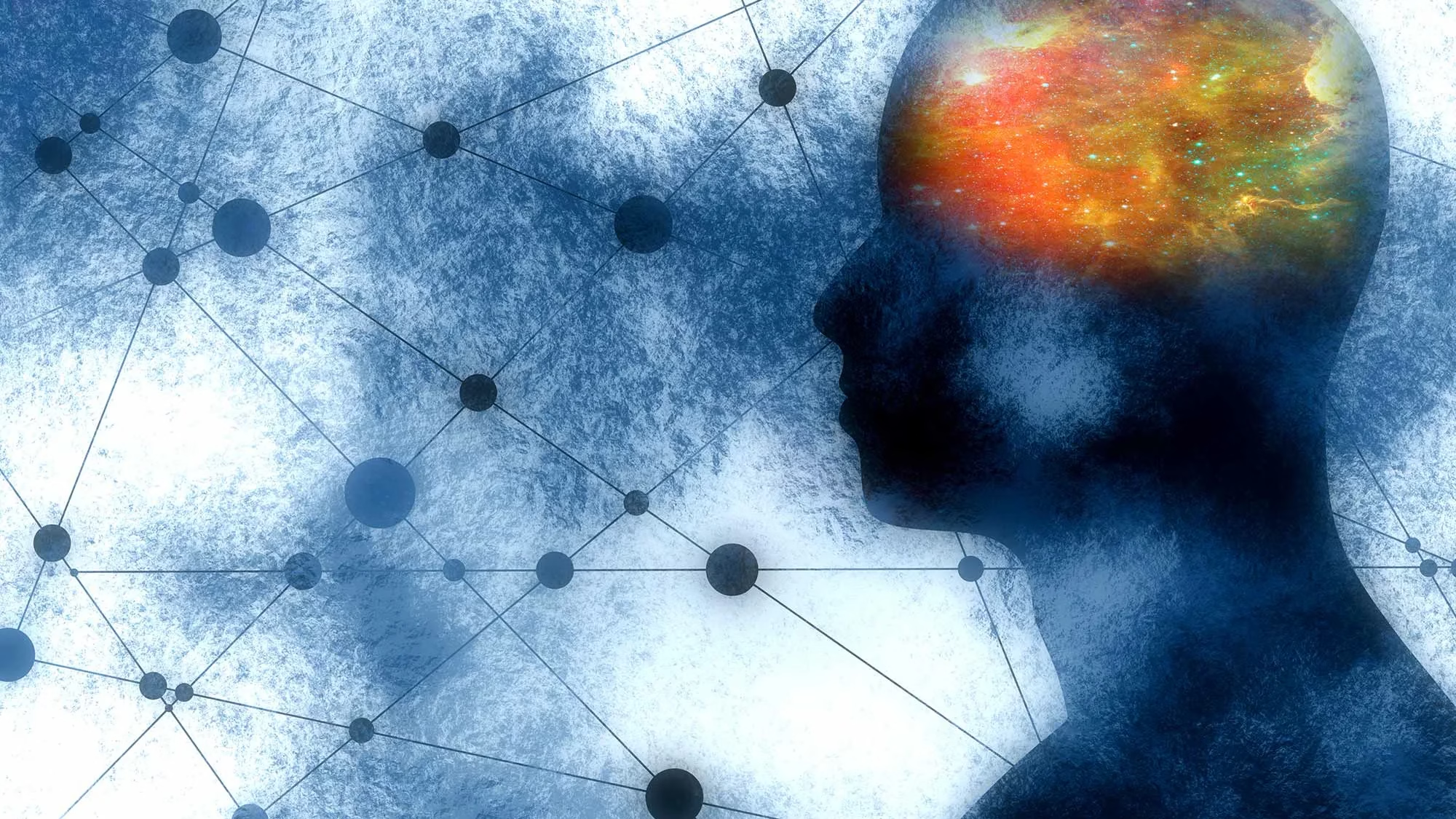Dissociative Identity Disorder (DID) is not just a clinical diagnosis—it’s a profound testament to the human mind’s ability to endure and adapt in the face of overwhelming trauma. Often rooted in severe, prolonged abuse during early childhood, DID emerges as a psychological defense mechanism, creating “alters” or distinct identities that help the individual survive what the conscious self cannot fully bear.
These alters may each have unique behaviors, memories, and worldviews. For those living with DID, it can feel like parts of themselves are strangers—each alter carrying a fragment of a past that isn’t fully remembered. This internal fragmentation creates a complex, often isolating experience, where memory gaps and identity shifts disrupt the flow of daily life. The self becomes a mosaic—fractured but beautiful—with each piece holding its own truth.
One of the most well-known cases is Shirley Ardell Mason, whose life inspired the book and film Sybil. Mason reportedly developed 16 distinct personalities in response to harrowing childhood abuse. Her alters ranged from a fearful child to a confident, creative adult. Under the care of psychiatrist Dr. Cornelia Wilbur, she underwent years of therapy in an effort to integrate her identities. While questions about the authenticity of her case sparked later controversy, Mason’s story brought DID into public consciousness and underscored the devastating impact of childhood trauma.
Another powerful example is Kim Noble, a British artist with over 20 alters. Noble, who suffered extreme abuse during her youth, found a way to give voice to her internal world through painting. Her alters include Judy, a young girl, and Patricia, a more assertive figure—each with their own artistic style, memories, and coping mechanisms. Her memoir, All of Me, shares how she navigates life with multiple identities, using creativity as both expression and survival.
DID isn’t about losing oneself—it’s about surviving when staying whole is impossible. It’s a condition marked not by weakness, but by a child’s instinctive brilliance in the face of pain. With trauma-informed therapies like EMDR and Internal Family Systems (IFS), many people with DID work toward internal cooperation or even integration, rebuilding a sense of identity on their own terms. The path is long and difficult, requiring extraordinary courage.
Yet the stigma surrounding DID remains. Often sensationalized or dismissed as fiction, the reality of those living with it is far from either. By listening to voices like Shirley’s and Kim’s, we begin to grasp the depth of their pain—and the strength it takes to live with it. Their stories remind us that compassion and understanding are vital. DID calls not for disbelief, but for empathy—recognizing the resilience behind every fractured self navigating a world that expects wholeness.



